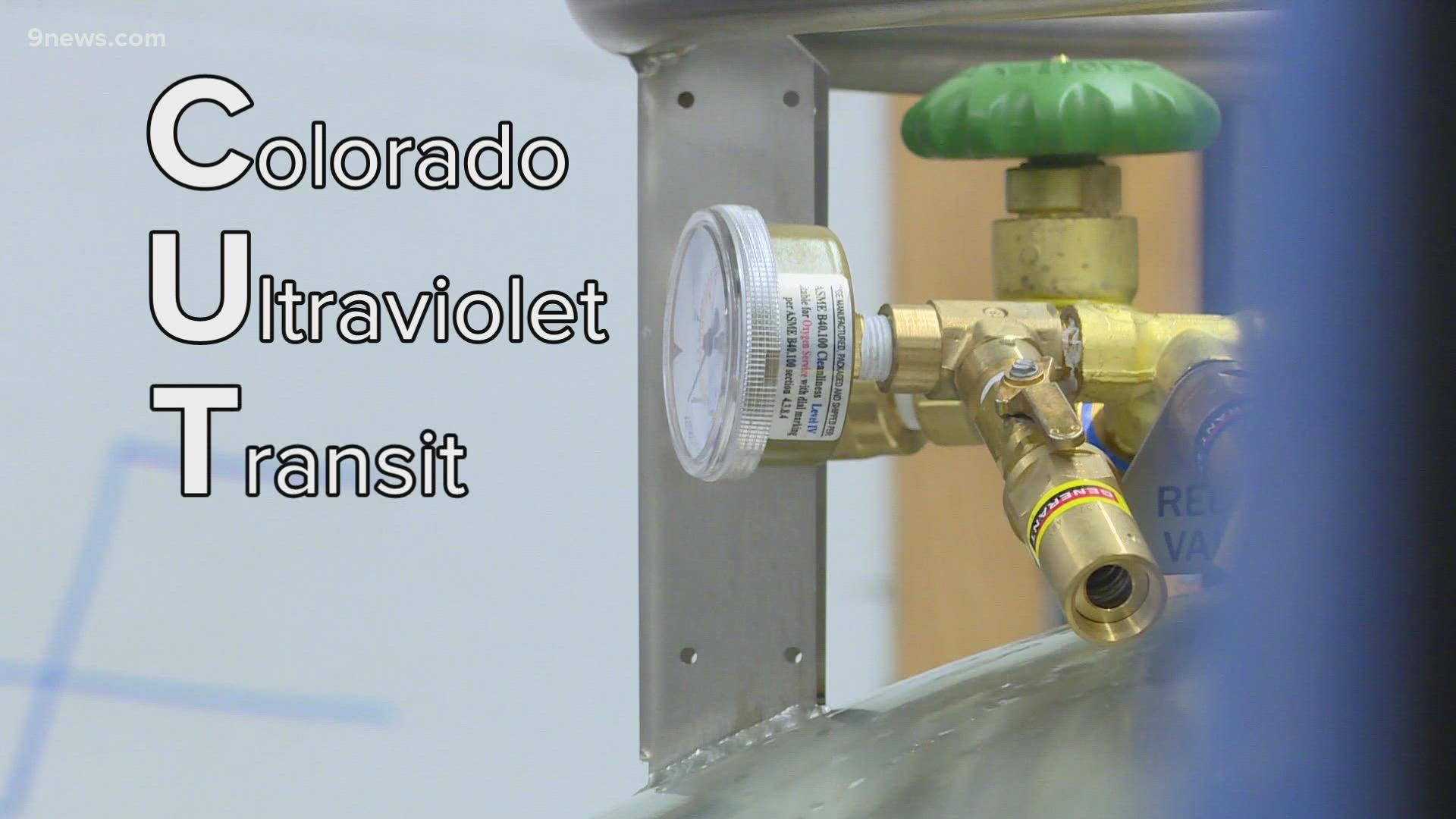BOULDER, Colo. — It's a satellite that's quite literally "cute."
The Colorado Ultraviolet Transit Experiment (CUTE) was designed and built in the Laboratory for Atmospheric and Space Physics at CU Boulder.
"Of course, we had to name it, since it's so small, something that was kind of cute," said Kevin France, the principle investigator for the mission, who is also a professor for CU's Department of Astrophysics and Planetary Services.
The satellite launched for space on Monday, Sept. 27 from Vandenberg Space Force Base in Lompoc, California.
"And what it does is designed to study planets around other stars and not just any planets around other stars, but this special type of planet called hot Jupiters," France said.


Those "hot Jupiters," are exoplanets (outside of our solar system) that orbit close to their parent stars, and as a result are very hot, reaching temperatures of thousands of degrees Fahrenheit.
"So these are planets that are big gas giants, just like Jupiter in our own solar system, except for their part, for whatever reason, really, really close to their parent stars. So we don't have anything like this in the solar system. This would be like if you took Jupiter and moved it inside the orbit of Mercury," France said. "And because your your orbit is so close to the parent star, you get tremendous amounts of radiation from this star, and that causes the planet's atmosphere to heat up [and] inflate. And if it inflates enough, that atmosphere actually becomes unbound from the planet and escapes to space. So it's a way for a planet to actually lose its mass over time because it's being essentially cooked by its parent star."
Using a telescope, antenna and other materials, the CUTE satellite will be observing those planets while orbiting earth in a "polar orbit," which means it revolves over the north and south poles.
The hope is that by examining the process which those "hot Jupiters" go through, it can help better understand what changes the make of a planet.
"But this process of atmospheric escape is something that operates on all planets. It happens on Earth today. It almost certainly happened on Mars in the past. We believe that Mars probably had a much more Earthlike climate several billion years ago, but through the process of atmospheric escape became the more barren world that it is today," France said. "And by understanding that, we get a better picture of how basically how atmospheres work on all types of planets, both in our solar system and in planets beyond the solar system specific to Earth."


For sixth-year PhD student Arika Egan, who worked on a project, it's an accomplishment four years in the making.
"We can look at the direct extreme dynamics that are happening on these exoplanets outside to understand what kinds of physical processes are making these planets and turning them into something different," Egan said.
Egan held several roles when putting the satellite together, which included the mechanical assembly, putting the telescope inside of the spacecraft and removing it and assisting in environmental testing.
"We don't have a lot of extreme dynamic processes that tell us about how the planets and our very own solar system formed and evolved. We know them as they are today, and we can find evidence for how they were in the past. But we don't have direct observations of how they were a billion years ago when they were forming," Egan said.
France adds that projects like this provide more than just research.
"It's a really great way to get early career people in the pipeline of NASA space missions," he said.
SUGGESTED VIDEOS: Colorado Guide

